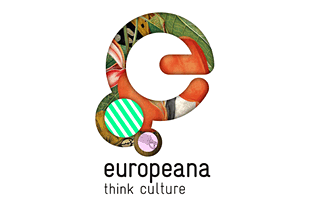| |
 |
The European Commission proposes over a 9 billion for broadband investment |
| The European Commission has proposed to spend almost 9.2 billion to give EU citizens and businesses access to high-speed broadband networks and the services that run on them. This funding comes from of the proposed Connecting Europe Facility (CEF) and would take the form of both equity and debt instruments and grants. |
| |
| The Connecting Europe Facility will help to complete the European single market, by focusing on smart, sustainable and fully interconnected transport, energy and digital networks. The CEF would make available at least 7 billion for investment in high-speed broadband infrastructure. The remaining CEF funding for digital infrastructure would support public interest digital service infrastructure such as electronic health records, electronic identification and electronic procurement. The CEF would also provide financing for technical assistance or horizontal support such as mapping existing and future broadband networks. |
| |
| IEU funding would complement private investment and public money at local, regional and national level by giving projects credibility and lowering their risk profiles. This would then attract capital market financing from investors because the Commission and international financial institutions such as the European Investment Bank would absorb part of the risk and improve projects' credit rating. The aim is to support investment in less obviously attractive broadband infrastructure projects, especially those outside urban or densely populated areas. |
| |
| The digital service infrastructure projects would be selected for CEF grants by the Commission from proposals received in such areas as: trans-European very high-speed backbone connections for public administrations; cross-border delivery of eGovernment and e-Health services; enabling access to public sector information and multilingual services; electronic procurement; enabling access to Europe's cultural heritage ; and deployment of information and communication technology solutions for intelligent energy networks and for the provision of Smart Energy Services. |
| |
| The Digital Agenda sets 2020 targets of broadband access for all at speeds of at least 30 megabits per second (Mbps), with at least 50% of households subscribing to speeds above 100Mbps, because access to the services made possible by fast and ultrafast broadband is crucial to boosting productivity and competitiveness on world markets and to creating jobs and experience. Access to pan-EU eGovernment services through broadband networks would accelerate and reduce the costs of administrative procedures, particularly for businesses operating in more than one Member State. |
| |
| Providing access to financial markets is expected to speed up investment by telecom companies who at the moment may not have enough incentives to invest. The Commission estimates that each euro invested by the CEF in broadband via innovative financing could leverage gross private investment of between 6 and 15. By providing substantial funding and lowering investment risks, the CEF would encourage these investors to rollout high-speed broadband infrastructure outside of densely-populated areas. |
| |
| Access to innovative interactive services over high speed and very high-speed broadband networks not only enables citizens to shop, create, learn, socialise and interact online in new ways, but also brings radical solutions to societal challenges in areas such as health and demographic change, energy and resource efficiency, as well as improving transport, relieving congestion and tackling climate change. |
| |
| The Commission's proposals will now be submitted to the European Parliament and the EU's Council of Ministers for adoption |
| |
|
| |
| >> Further Information |
| |

